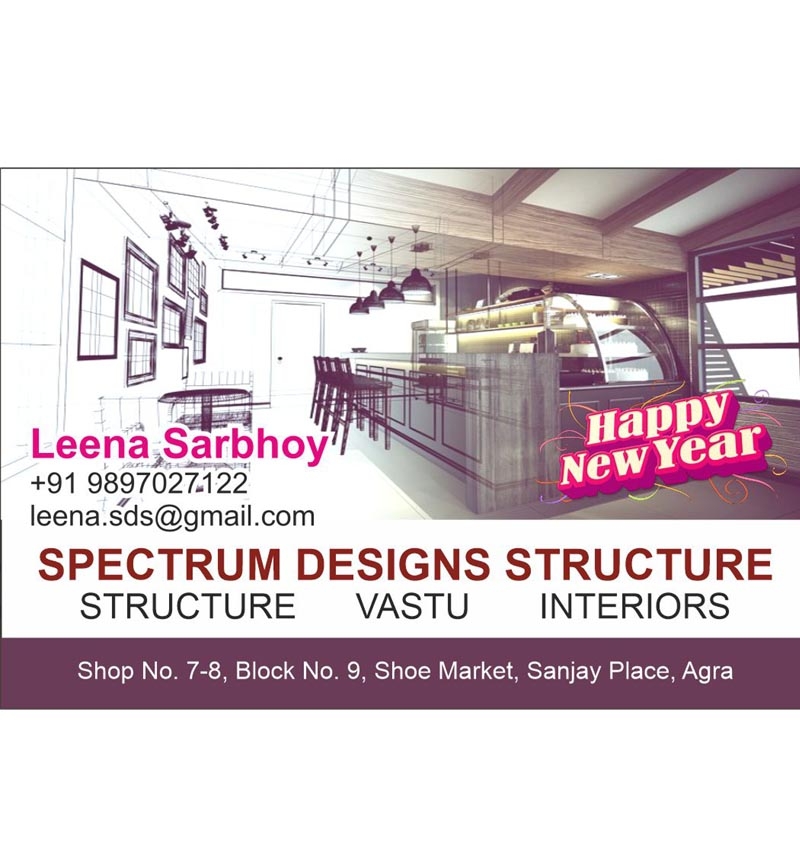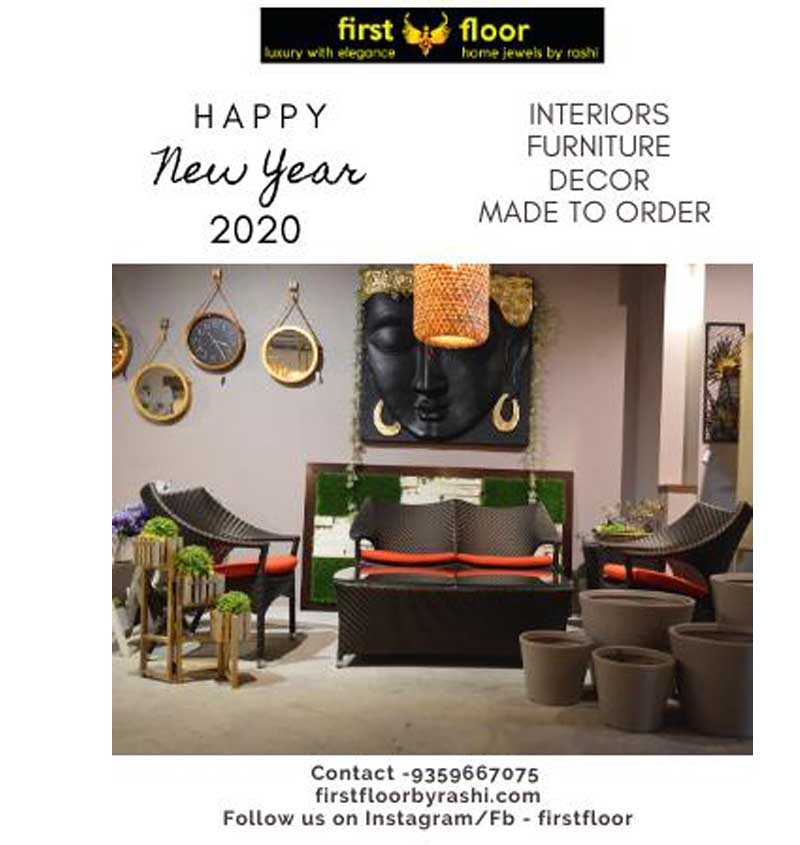The future of interior design isn’t just on paper or screens—it’s immersive. Virtual Reality (VR) is transforming how we design, plan, and experience interiors, allowing homeowners and designers to step into a space before it’s built. This technology is revolutionizing not only the process but also the possibilities of design.
1. Walking Through Ideas
With VR, clients no longer have to rely on 2D plans or imagination:
-
Walk through a living room before construction begins.
-
Visualize how furniture layouts feel in real time.
-
Experience color schemes, textures, and lighting firsthand.
It takes design from concept to lived experience instantly.
2. Smarter Decision-Making
VR reduces the guesswork in design:
-
Compare different materials and finishes side by side.
-
Test multiple layouts without moving heavy furniture.
-
Make faster, more confident decisions.
It saves both time and costly mistakes.
3. Personalized Design Like Never Before
VR allows for hyper-customization:
-
Adjust wall colors with a simple click.
-
Swap out sofas or tables to see what fits best.
-
Explore multiple design moods before committing.
Design becomes interactive and personal.
4. Collaboration Between Designers and Clients
Communication is clearer than ever:
-
Designers can showcase concepts immersively.
-
Clients can give real-time feedback while “inside” the space.
-
Changes can be made instantly, avoiding misunderstandings.
It bridges the gap between imagination and execution.
5. Eco-Friendly Advantage
By testing ideas virtually, VR reduces waste:
-
Fewer material samples and prototypes.
-
Better planning means fewer redesigns.
-
Sustainable design decisions made with confidence.
Technology supports greener choices.
6. Beyond Homes: Commercial Uses
VR isn’t just for residences:
-
Retailers use it to showcase store layouts.
-
Hospitality designers create immersive hotel experiences.
-
Offices can be planned for flow and productivity.
Every sector benefits from the ability to design smarter.
Final Thoughts
Virtual Reality is changing the way we think about interiors. No longer limited to imagination, we can now step inside future spaces, experience them, and make informed choices.
Because the future of design isn’t just about how homes look—
It’s about how they feel before they even exist.



















Your Message